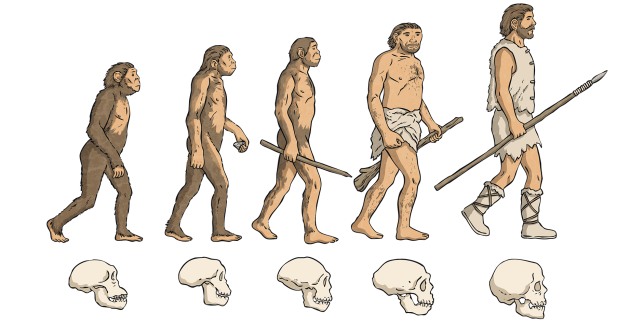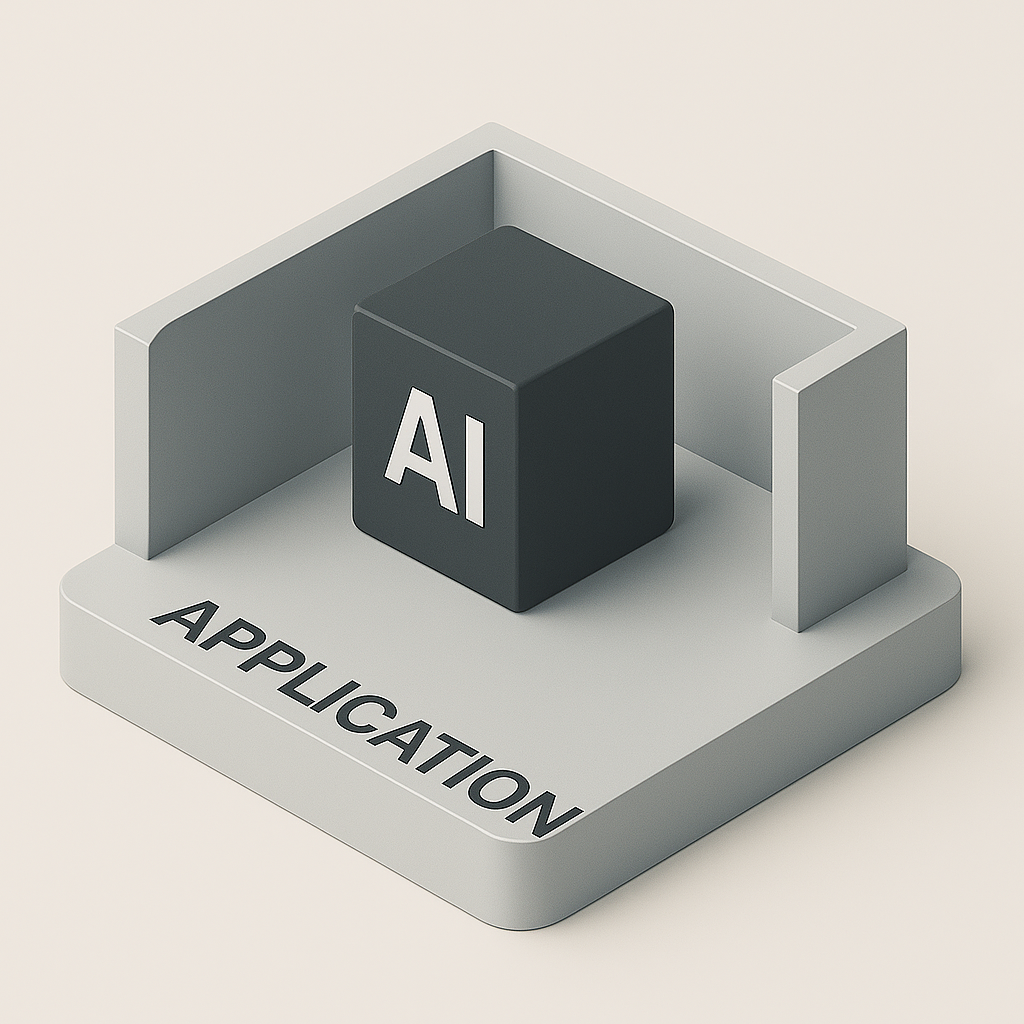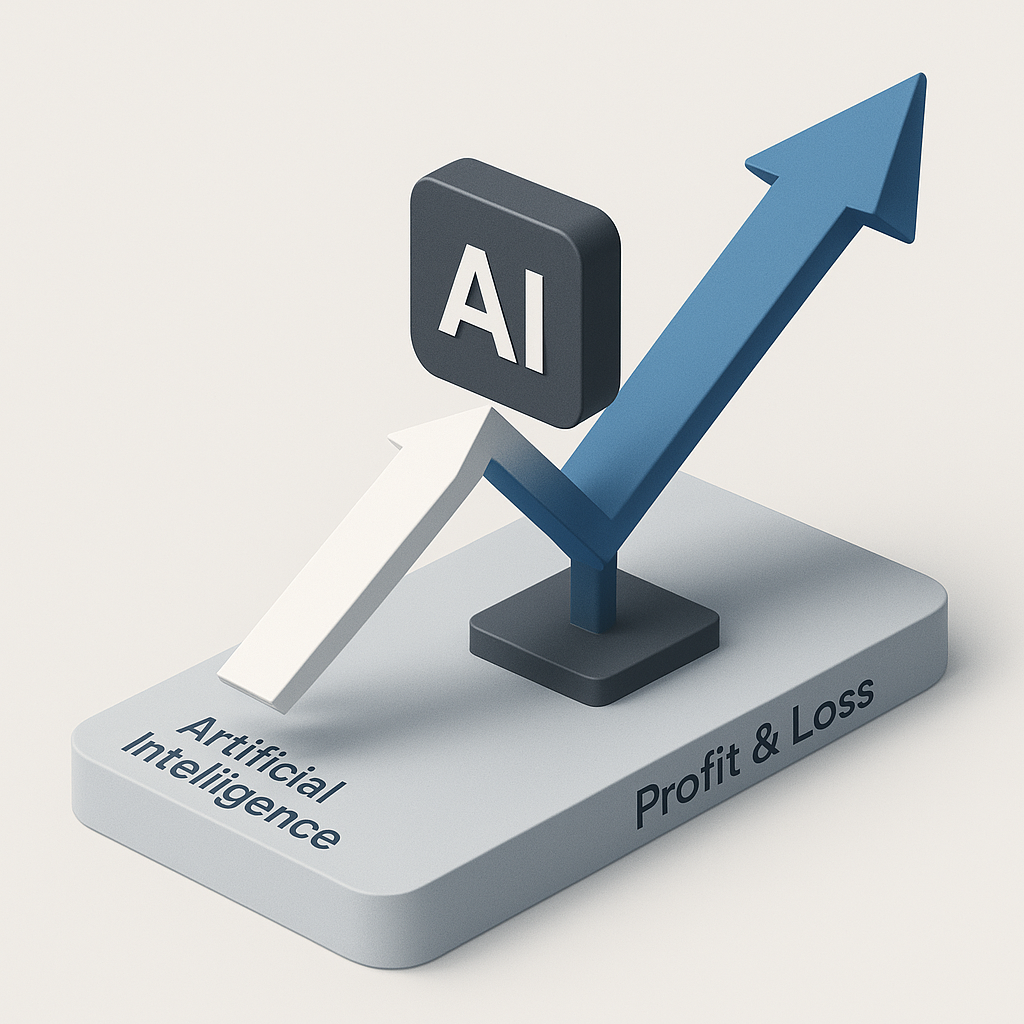
Enterprises are increasingly realizing that legacy mainframes are bottlenecks—costly to maintain, difficult to scale, and resistant to modern automation. Moving away from these rigid architectures requires a future-proof strategy that supports automation, scalability, and cloud-native operations.
Kubernetes has emerged as the gold standard for modernizing enterprise data processing. By containerizing COBOL-based workloads and orchestrating them within Kubernetes, enterprises can enhance agility, integrate AI-driven automation, and reduce operational overhead.
This article explores why Kubernetes is the key to long-term enterprise success, how it compares to traditional mainframe processing, and provides a Helm-based deployment example for COBOL workloads in K8s.
The Evolution of Enterprise Infrastructure
Enterprise data processing has evolved significantly, shifting from monolithic, hardware-dependent mainframes to containerized, cloud-native architectures.
Infrastructure Evolution: From Mainframes to Kubernetes
-
Legacy Mainframes (1970s–2000s)
- High operational costs.
- Limited scalability.
- Manual batch processing.
-
Virtualized Data Centers (2000s–2010s)
- Some cost optimization.
- Still monolithic & complex.
- Maintenance-heavy.
-
Cloud & Kubernetes (2015–Present)
- Fully automated deployments.
- AI-driven process optimization.
- Scalability & resilience.
Enterprises modernizing with Kubernetes gain a scalable, AI-ready, and cost-efficient infrastructure.
Why Kubernetes is the Best Long-Term Strategy
1. Scalability & Cost Efficiency
- On-Demand Compute: Scale workloads dynamically based on demand.
- Optimized Resource Usage: Reduces over-provisioning and waste.
2. AI-Powered Automation vs. Manual Processing
- Traditional mainframe workloads rely on manual intervention.
- Kubernetes integrates AI models for automated optimizations.
Comparison: AI-Driven Kubernetes vs. Traditional Mainframes

| Feature | Mainframes | Kubernetes & AI |
|---|---|---|
| Scalability | Limited, hardware-dependent | On-demand auto-scaling |
| Automation | Manual workflows | AI-driven automation |
| Cost | High licensing & maintenance | Pay-as-you-go |
| Flexibility | Rigid & vendor-locked | Multi-cloud ready |
By integrating AI-powered automation in Kubernetes, enterprises can reduce operational effort while increasing efficiency.
Deploying COBOL-Based Workloads in Kubernetes
To demonstrate Kubernetes' role in modernizing mainframe workloads, we deploy a COBOL-based batch processing job using Helm.
Step 1: Define the Helm Chart for COBOL Processing
apiVersion: v2
name: cobol-job
description: A Helm chart for COBOL batch processing in Kubernetes
version: 1.0.0
appVersion: 1.0.0
Step 2: Define Kubernetes CronJob for COBOL Execution
apiVersion: batch/v1
kind: CronJob
metadata:
name: cobol-job
spec:
schedule: "0 * * * *" # Runs every hour
jobTemplate:
spec:
template:
spec:
containers:
- name: cobol-container
image: myrepo/cobol-transform:latest
volumeMounts:
- name: efs-storage
mountPath: /data
restartPolicy: OnFailure
volumes:
- name: efs-storage
persistentVolumeClaim:
claimName: efs-claim
Step 3: Install Helm Chart to Deploy the COBOL Job
helm install cobol-job ./cobol-chart
Helm ensures version-controlled, automated deployment of COBOL jobs in Kubernetes.
Events from the cronjob show successful completion over 20,000x in the last 2 weeks.

Final Thoughts: Kubernetes is the Future of Enterprise IT
Kubernetes eliminates the bottlenecks of legacy mainframes.
AI-driven automation accelerates workflows & reduces costs.
Scalable, cloud-native infrastructure ensures future-readiness.
Enterprises that adopt Kubernetes for legacy modernization will gain a competitive edge, reducing costs and unlocking new AI-driven capabilities.



